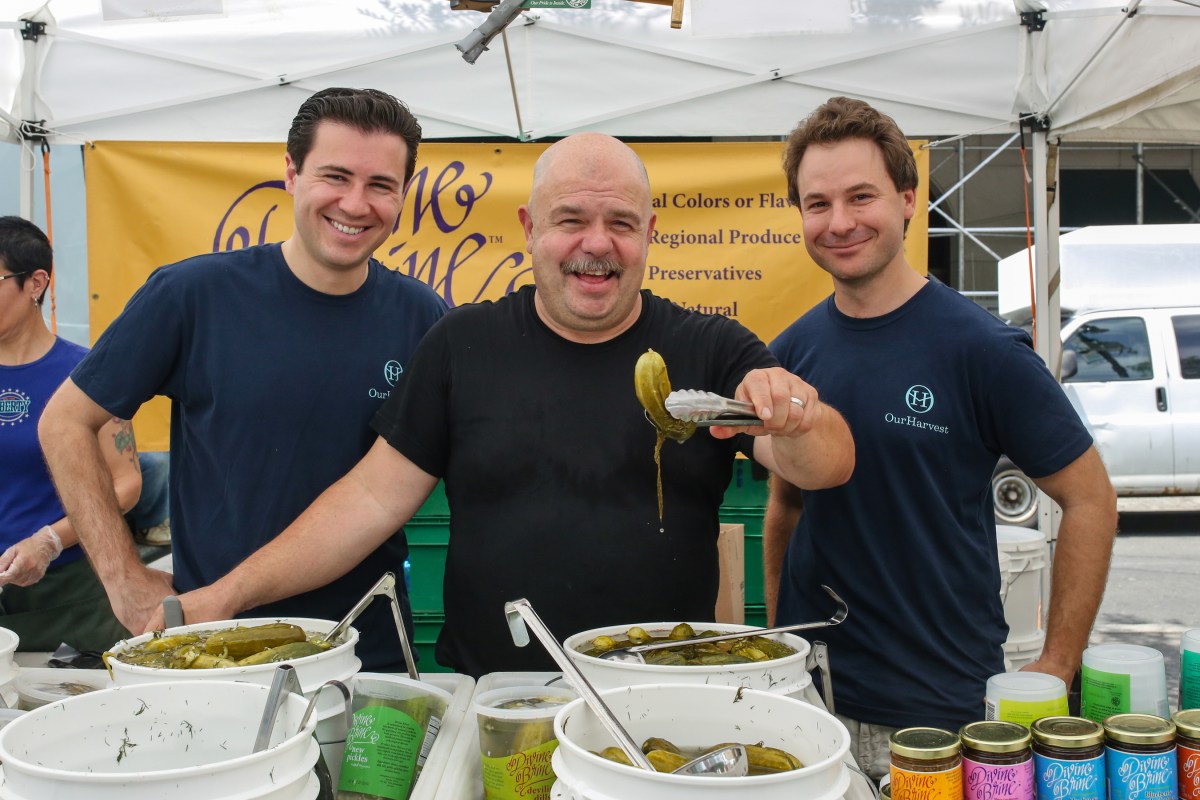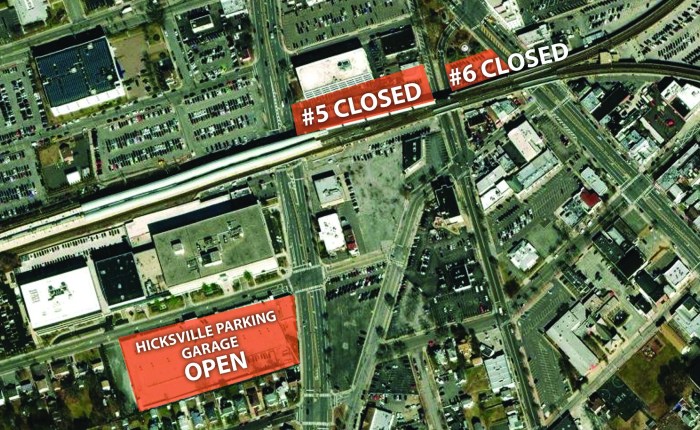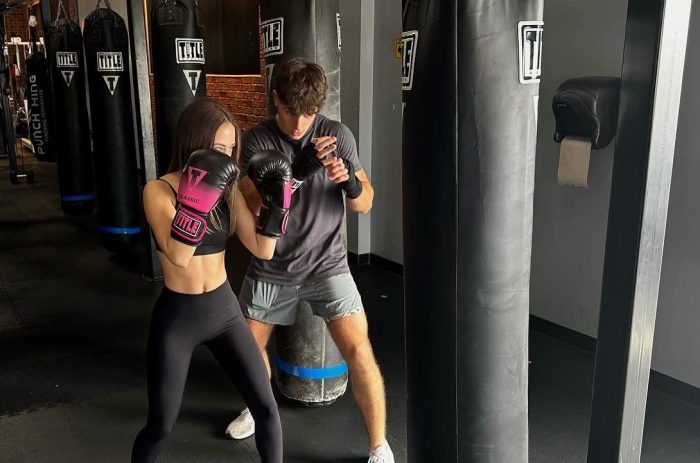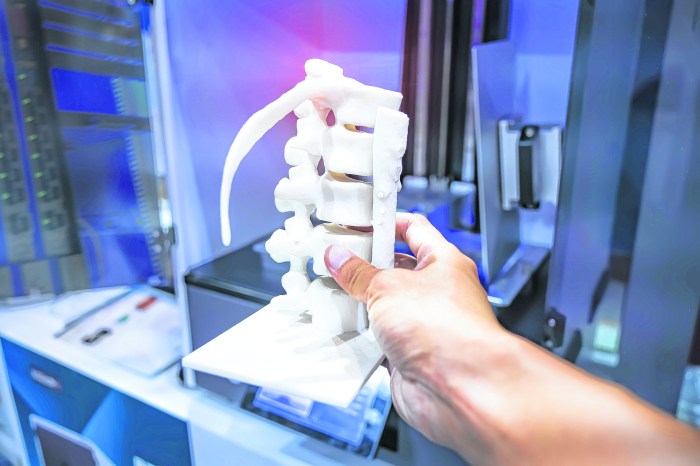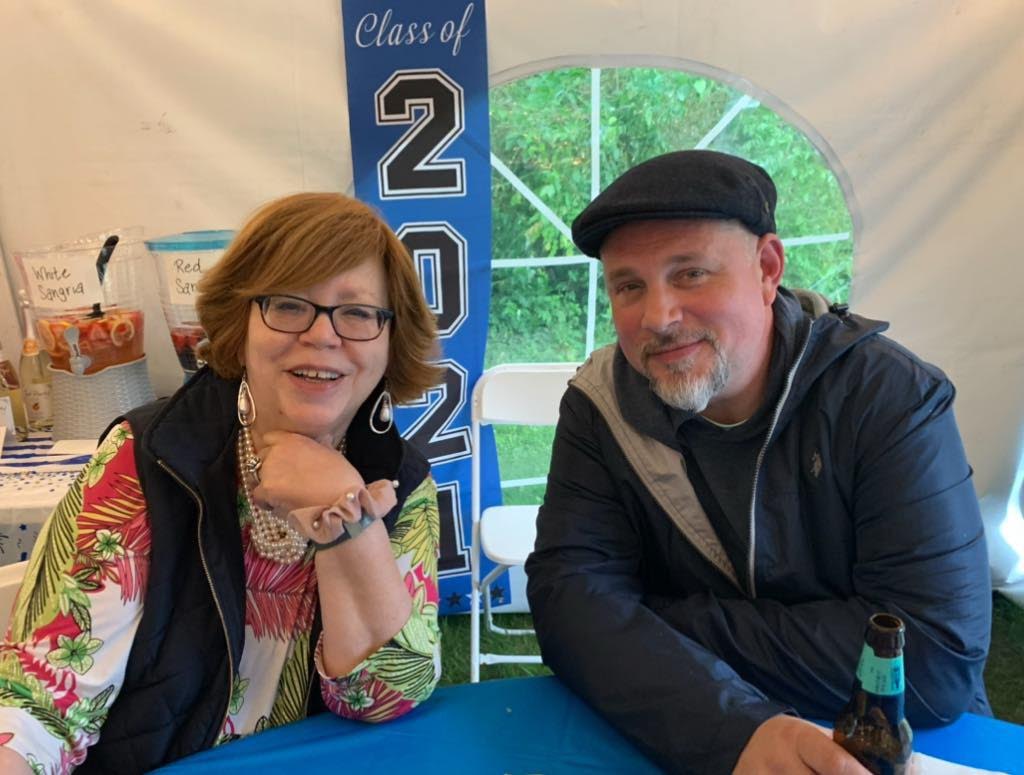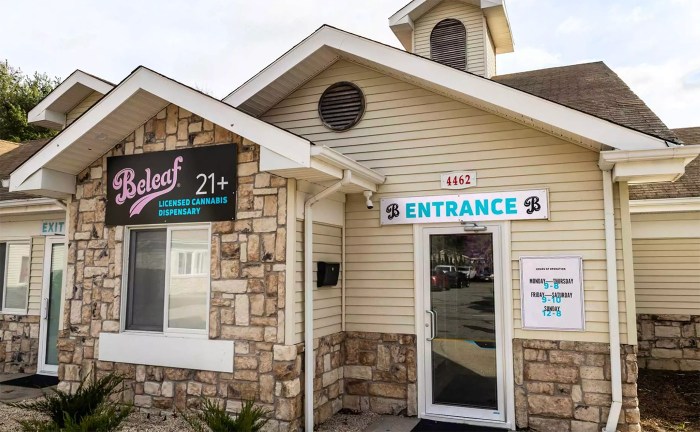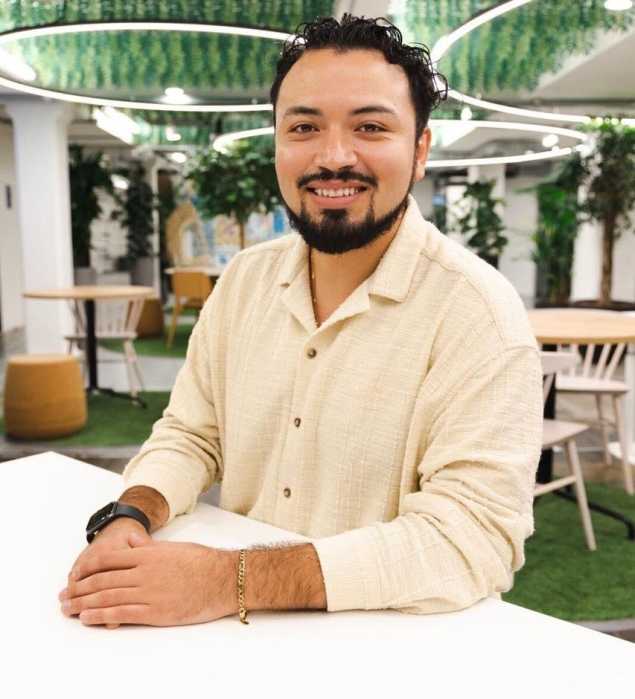It’s early Monday morning. A driver is on his way to the East End where he’ll be stopping at several different farms for a variety of different products. One farm might have asparagus. One stop is the North Fork Chocolate Company. He’ll get North Fork potato chips. He’ll stop at Wickhams Fruit Farm and pick up beefsteak tomatoes.
Those tomatoes, harvested at peak ripeness just before he arrives, will be sliced into a salad that night, with fresh gourmet goat cheese along with Long Island littleneck clams hand-dug that very morning. This is a farmer’s market meal, bought and paid for online. It’s a new model, a modern way to eat the way we did hundreds of years ago.
The idea for OurHarvest, a 2-year-old online farmer’s market that procures reasonably priced fresh items from farms across Long Island, upstate New York and parts of New Jersey, and sells them at pop-up pick-up locations across the island, is the brainchild of Scott Reich, 32, and Michael Winik, 33. The two friends, who met at Wheatley High School in East Hills and were college roommates at the University of Pennsylvania, left the legal and financial world, respectively, to follow their childhood dream of opening business together. The roads that led them to OurHarvest were made of love, curiosity, an expanding understanding of the food cycle and a desire to contribute to the greater community.
“We never knew exactly what that might look like but we wanted to do something that we felt had a strong social mission that we felt could give back to society and improve the way we do something in a big way,” says Reich.
A self-described foodie, Winik sought to create a business that fed his passion for fresh, delicious, and interesting fare. Reich took a longer route. He grew up “eating Big Macs after soccer games,” but experienced an increasing awareness as he reached adulthood about the effects poor nutrition could have not only on his body, but on society. After the release of books such as The Omnivore’s Dilemma, Fast Food Nation and documentaries like Food, Inc., the food cycle has come under scrutiny in a way that hadn’t interested the public since Upton Sinclair’s The Jungle sparked reforms in the meatpacking industry a century ago.
In this age of increasing food awareness, Community Supported Agriculture and food co-ops have become popular with customers supporting individual farms by paying a subscription for their crops and picking up a box at prescribed times of harvested goods. These prepaid orders help the local farms run, and people have access to assortments of food items that are fresher than what’s sold at supermarkets. However, there are some unavoidable downsides, such as not knowing what the farm will produce from week to week, what can be an expensive commitment, and the limitations of having access to only what that farm can produce. They are also seasonal.
OurHarvest sought to answer for these downsides, while still supporting the local farm economy and providing access to fresh, healthy goods.
“What we tried to do was to harken back to the old days and the idea that the community can come together to create an experience where we all relate to one another,” Reich told the Press. “We’re all a part of a local, sustainable food system that is natural, doesn’t have any of the weird stuff that’s been concocted over the last hundred years to make food last longer or taste better or look different and so this is a very, we think, authentic and creative way to bring us back to a time that had existed for a very long time.”
MORE: It’s farmers’ market season! Find out if there’s one near you
Here’s how it works.
Let’s go back to Monday morning. OurHarvest employs a few team members who take to the road running routes to different suppliers to pick up the product. Craig Hecht, a team member, for example, will make his way to the East End. Customers have placed their orders for specific items from a variety of different farms and paid for them in advance online. Customers choose their pick-up location—14 in Nassau and one in Suffolk—and a set time window. OurHarvest, having relationships directly with the suppliers, picks up the product and brings it back to their warehouse in Roslyn, their only footprint. They dispense the orders at the pick-up locations on Long Island and through delivery in the city via Uber.
“So the idea is that you shop when it’s convenient for you on your computer, your phone, your iPad, whatever it may be, and you pay for it and then you show up and show your receipt and pick it up,” says Reich. “You want to spend 10 minutes going over recipes, we’d be thrilled to do that with you. But if you’re like, ‘My kids are in the car, I gotta go,’ we’ll be happy to put the groceries in your trunk and send you on your way.
“We keep it refrigerated for you,” he continues. “We try to make it a more convenient experience. A customer is able to get fresher, more high-quality products, still at an affordable price, in a more convenient way.”
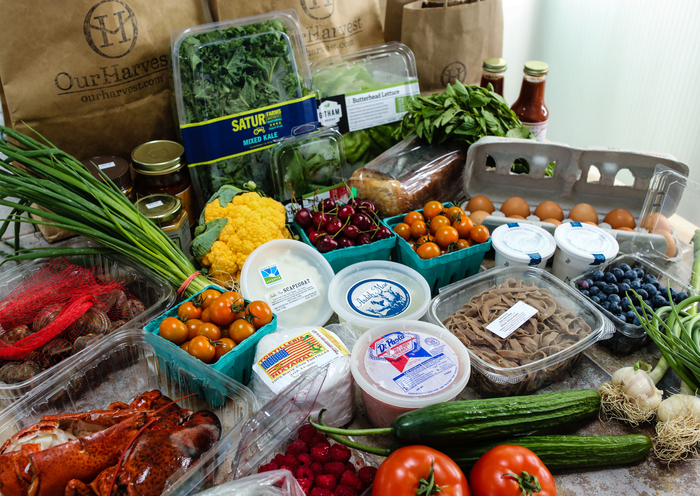
Because OurHarvest doesn’t have the traditional infrastructure that a store does and can negotiate prices directly with local farms, they can keep prices lower than what customers would find in stores like Whole Foods, but still have access to produce that is local and incredibly fresh. In some cases, same-day fresh.
“One of our team members is driving back from the city right now meeting some of our suppliers at Union Square,” Reich told the Press. “And the customers who ordered that food, no matter when they ordered it, it’s coming in fresh for them. So it’s not sitting here stocking it and hoping someone buys some chicken, for example.
“Someone bought chicken and tomatoes and lettuce and tuna, whatever these products are, we literally are getting them within hours of getting it to them,” he continues. “So if we’re going to Wickham’s Fruit Farm and we’re picking up beefsteak tomatoes, they are literally harvesting them right before we get there.”
This is in direct opposition to the supermarket model, where foods are mostly imported from across the country or internationally. That produce are shipped to warehouses, then put on trucks to be distributed days later. By the time the food reaches customers at supermarkets, the fruits and veggies are close to perishability, their quality compromised. Only the most discerning customers know exactly where they came from. And the local farmer is out of luck.
“The challenge with that is that the local small family farm doesn’t necessarily benefit from that because the large distributor may not go to a small farm because it’s only 50 acres and they say they can’t produce enough to make it worth our while,” says Reich. “But those small family farmers are the bedrock of how we get our food and how our agricultural system has developed through the course of our nation’s history.”
Through OurHarvest, that small farm is back in the game. But it has to be the right farm. OurHarvest has a series of criteria that suppliers must meet before they agree to sell their products, including price points, farming practices that include no antibiotics, chemicals, or hormones, no, or limited use, of pesticides (on a case-by-case basis, with oversight by a third party to make sure use is conservative), and quality.
“It has to be, like, the best strawberry you’ve ever tasted,” Reich says.
The third pillar of OurHarvest is their social mission. Compelled by the plight of the hungry here on Long Island, Reich and Winik wanted to create a company that helped people around them. Reich, a self-described “recovering” attorney with a strong background and interest in public service, authored the book The Power of Citizenship: Why JFK Matters to a New Generation. He is inspired by the idea that all citizens are connected and are a part of something bigger than themselves. And so they built a way to give back to the community into their very business model.
“According to Feeding America [the leading hunger relief organization in the country], the numbers of people going hungry are staggering,” Reich says. “They estimate that approximately 1 in 6 Americans are food insecure, meaning they don’t know where their next meal is coming from or they’re simply undernourished. And here on Long Island…there are 110,000 kids who go to bed hungry each night. What a lot of people don’t appreciate is that in our midst, even in relatively affluent communities, there are people who are struggling.”
For every order of $25, OurHarvest donates a meal to a food bank or food pantry through Long Island Cares, Island Harvest, The Interfaith Nutrition Network, and a host of individual pantries as part of their effort to create this sustainable system that not only brings access to this kind of food, but also helps our neighbors in need. They donate the same high-quality products they sell, not “the stuff that’s been frozen for three years or in a pantry for six years after someone’s trying to clean out their kitchen.” They have donated thousands of meals, according to Reich.
So what’s next?
Expansion. OurHarvest plans to keep adding pick-up locations to serve more of the public while keeping to the same model of local suppliers. They plan to branch out across Suffolk County, into all five boroughs and into Westchester. Their model is replicable in other regions as well.
But food-savvy Long Islanders need not wait any longer. There are beefsteak tomatoes at peak ripeness, just a click away.




